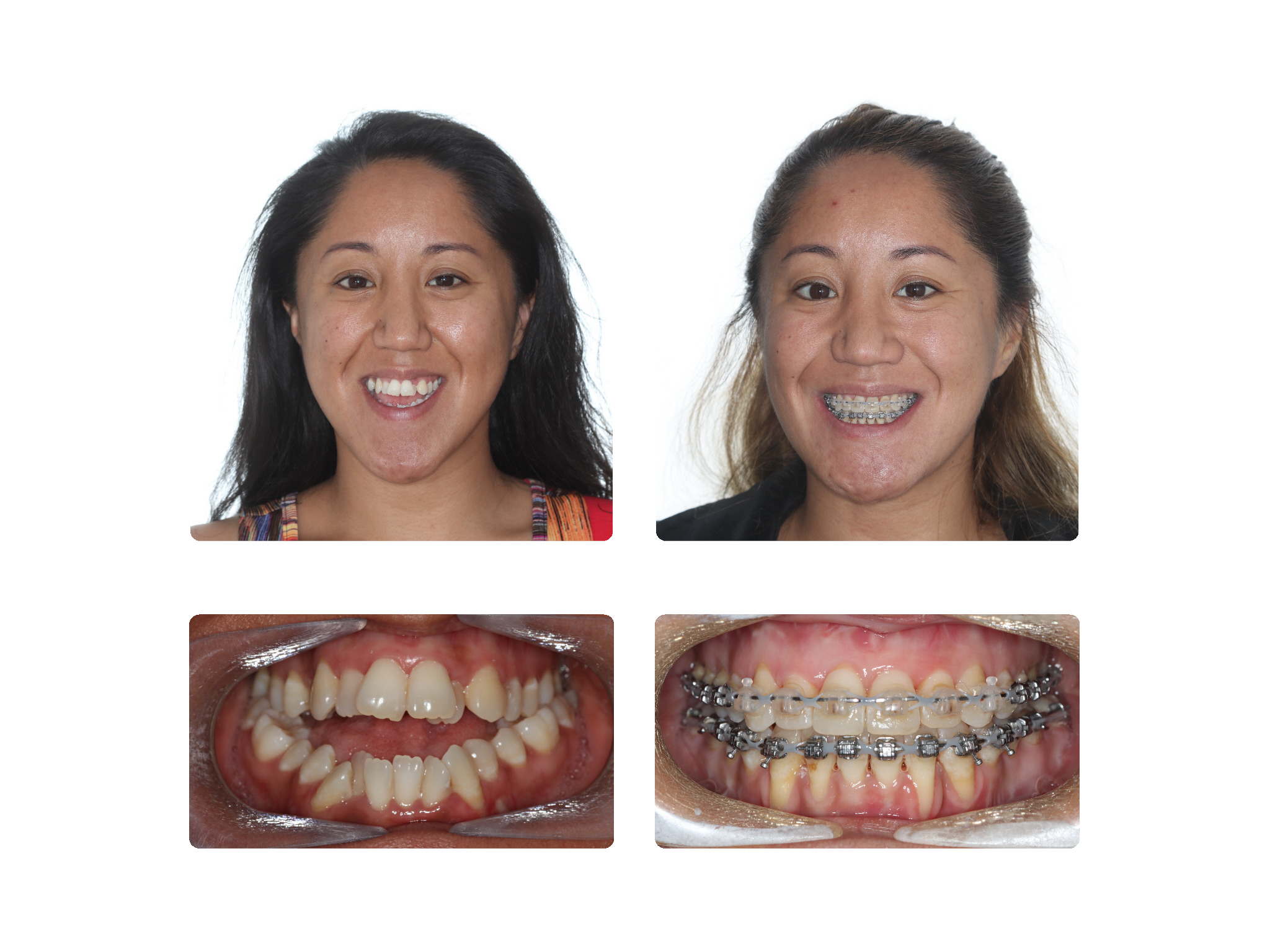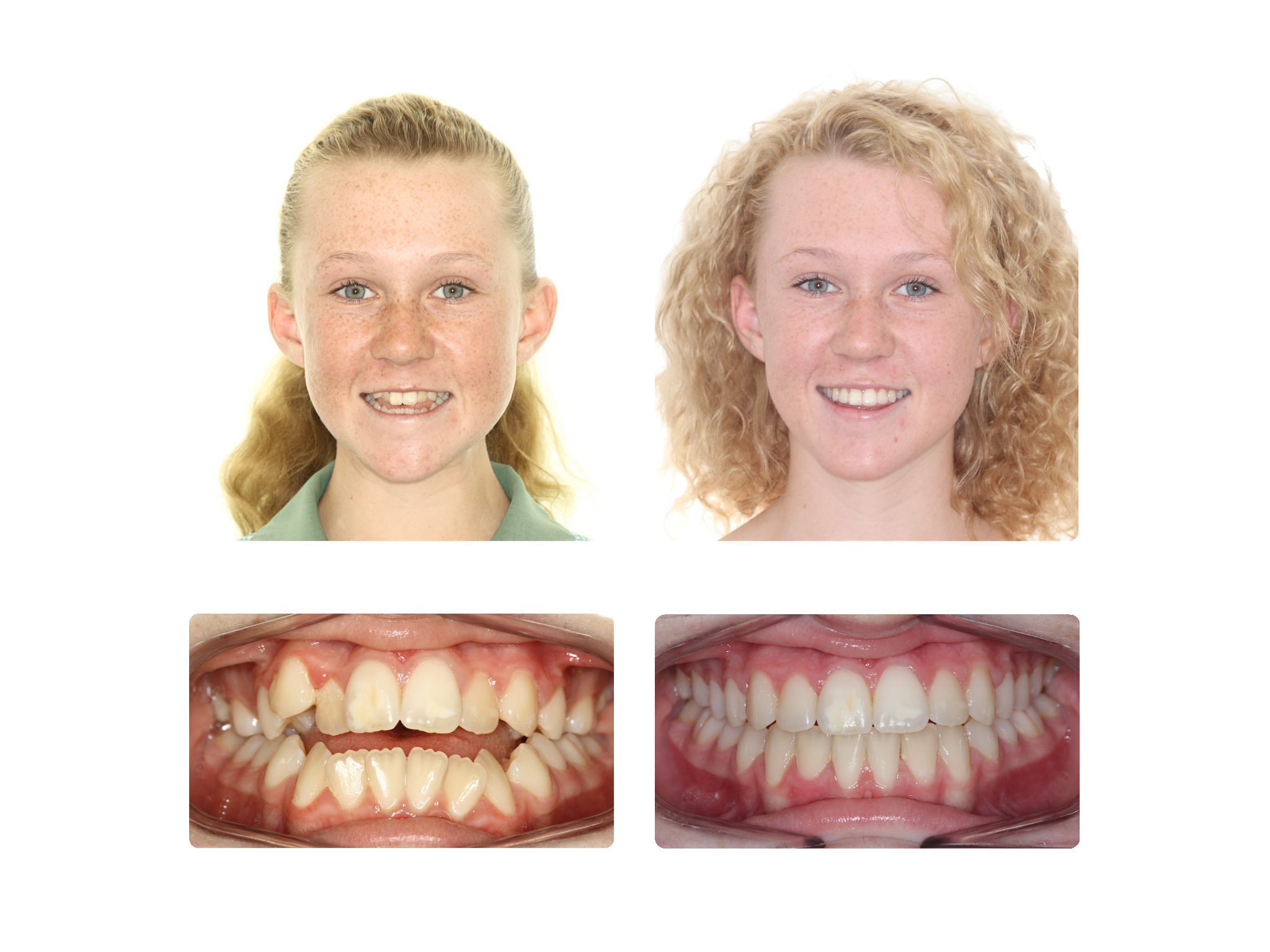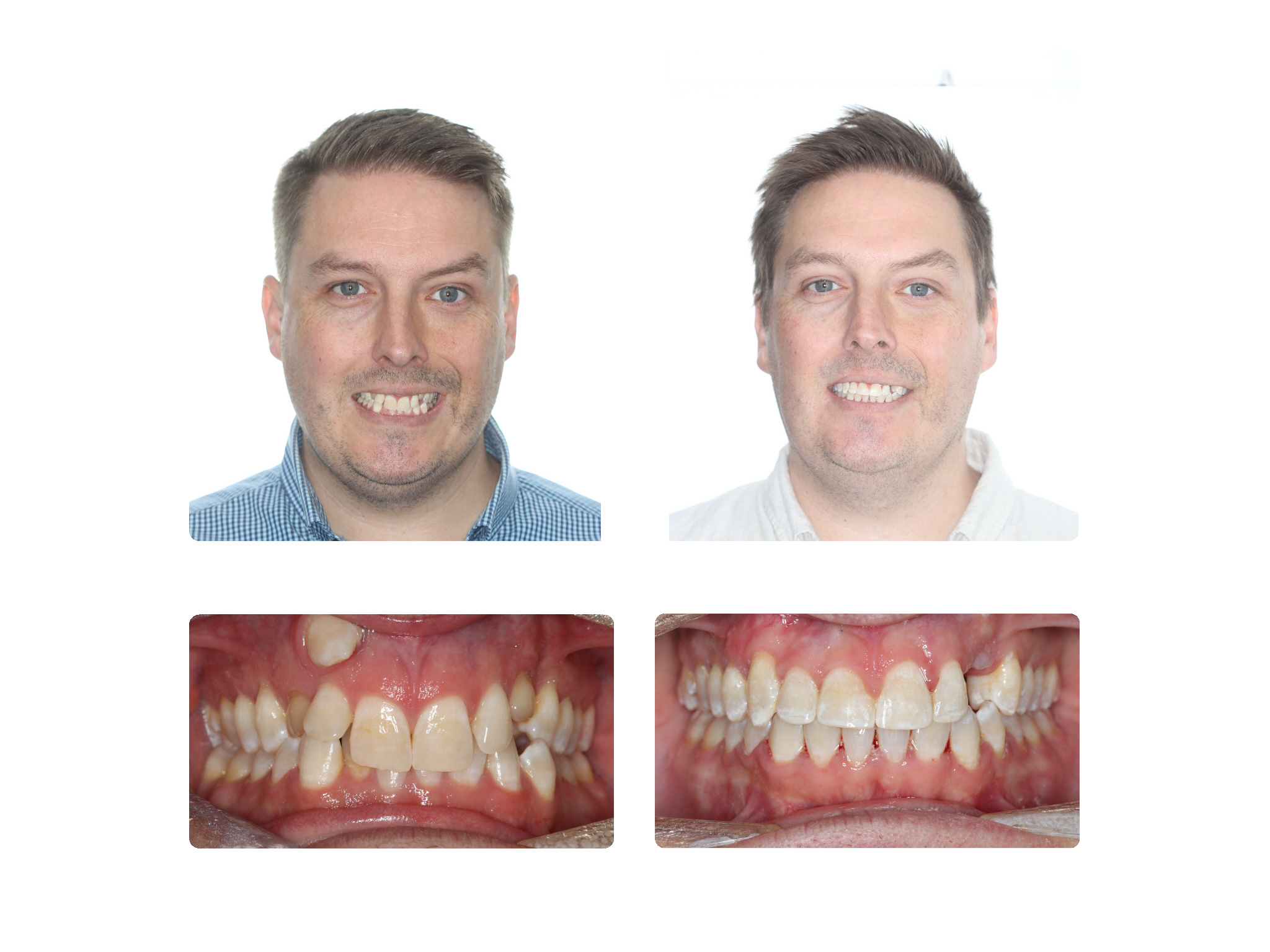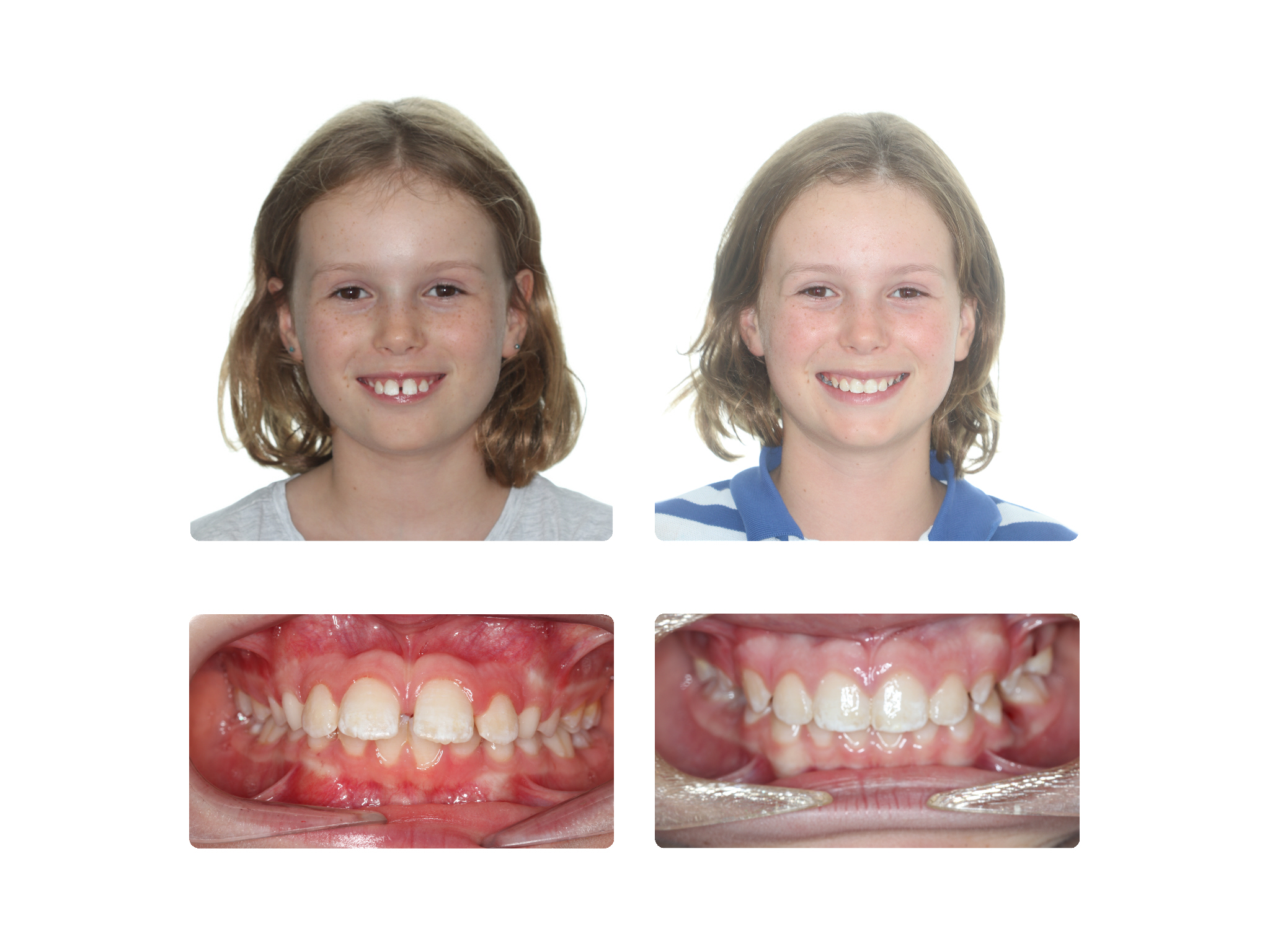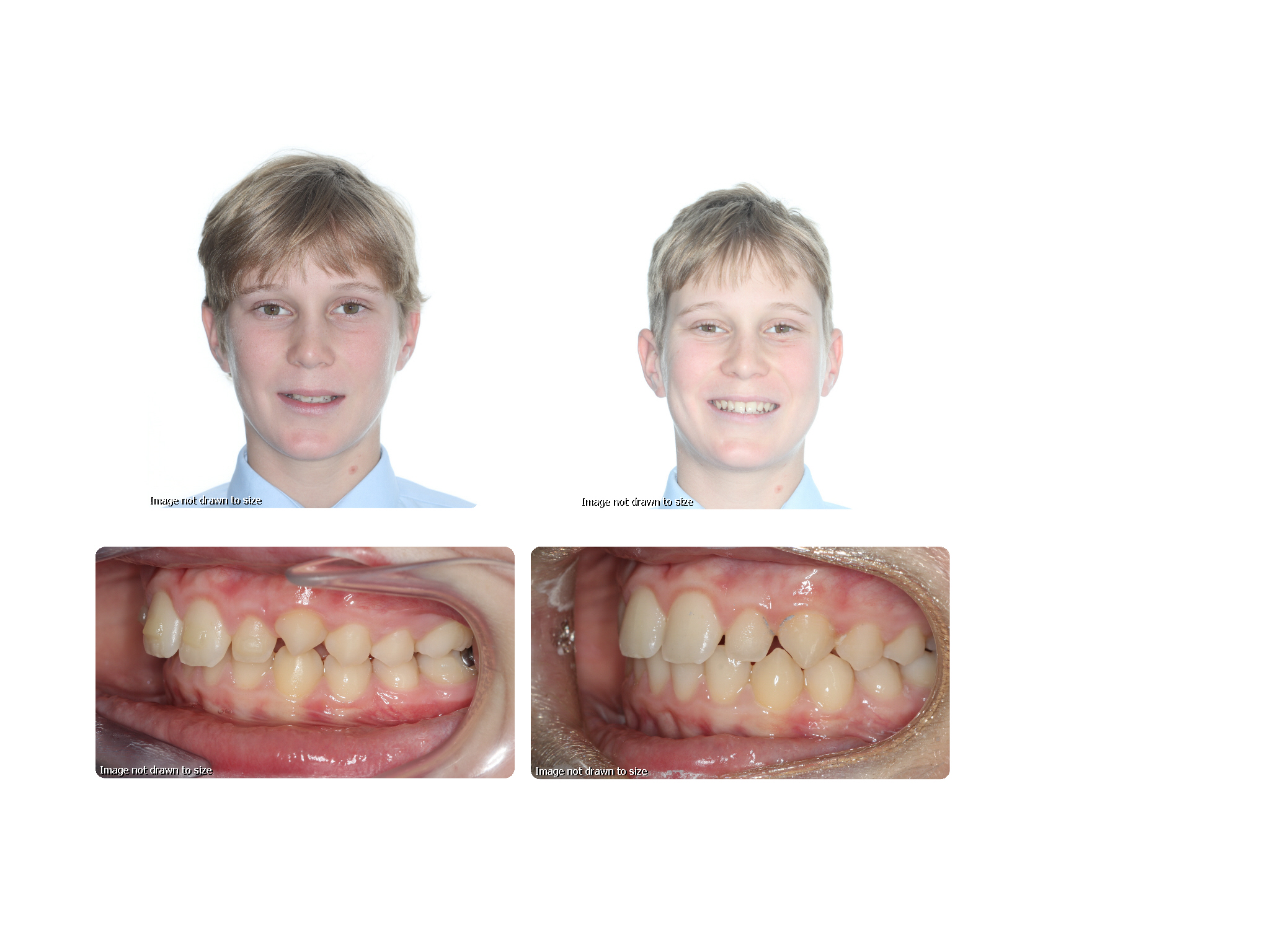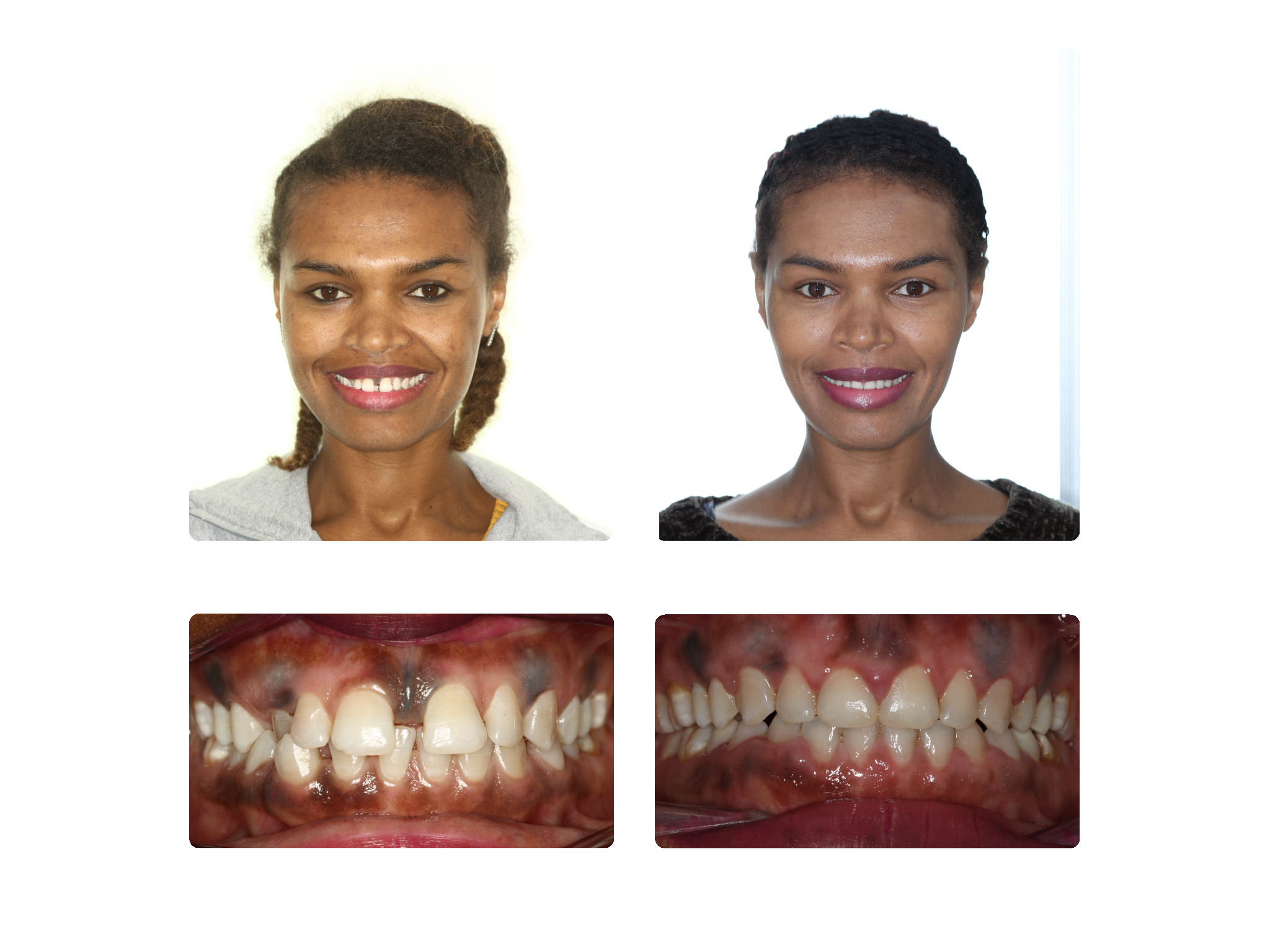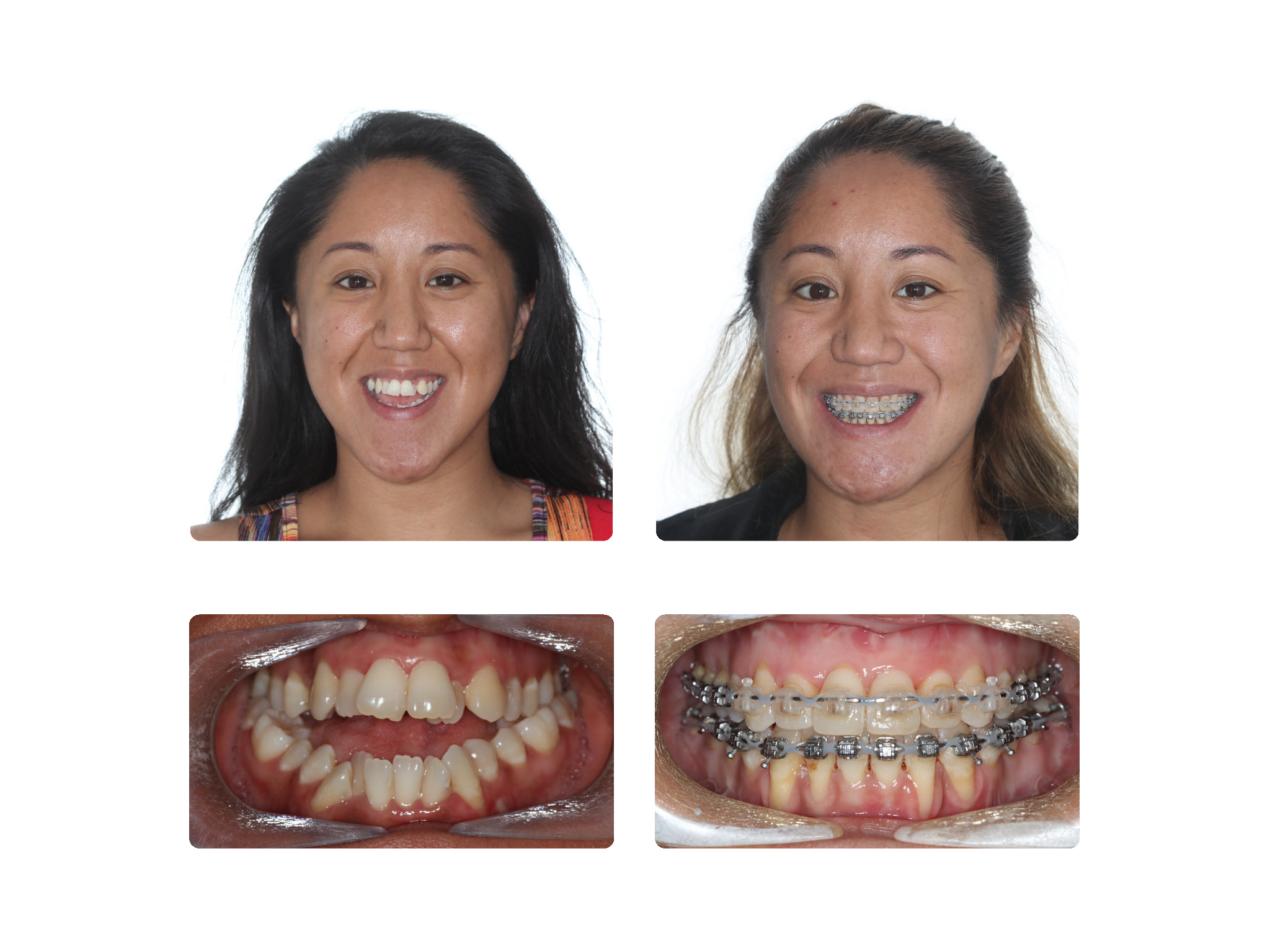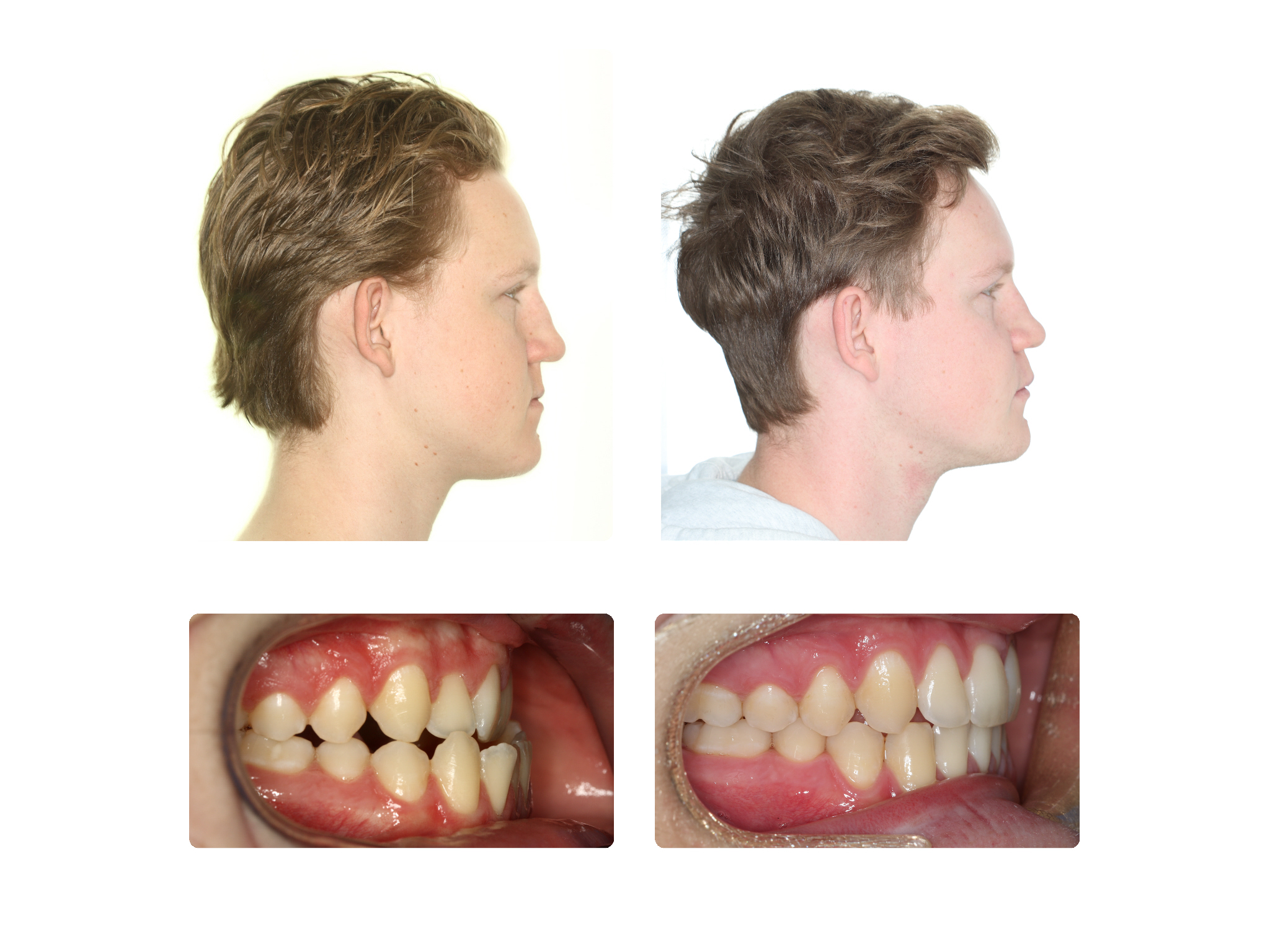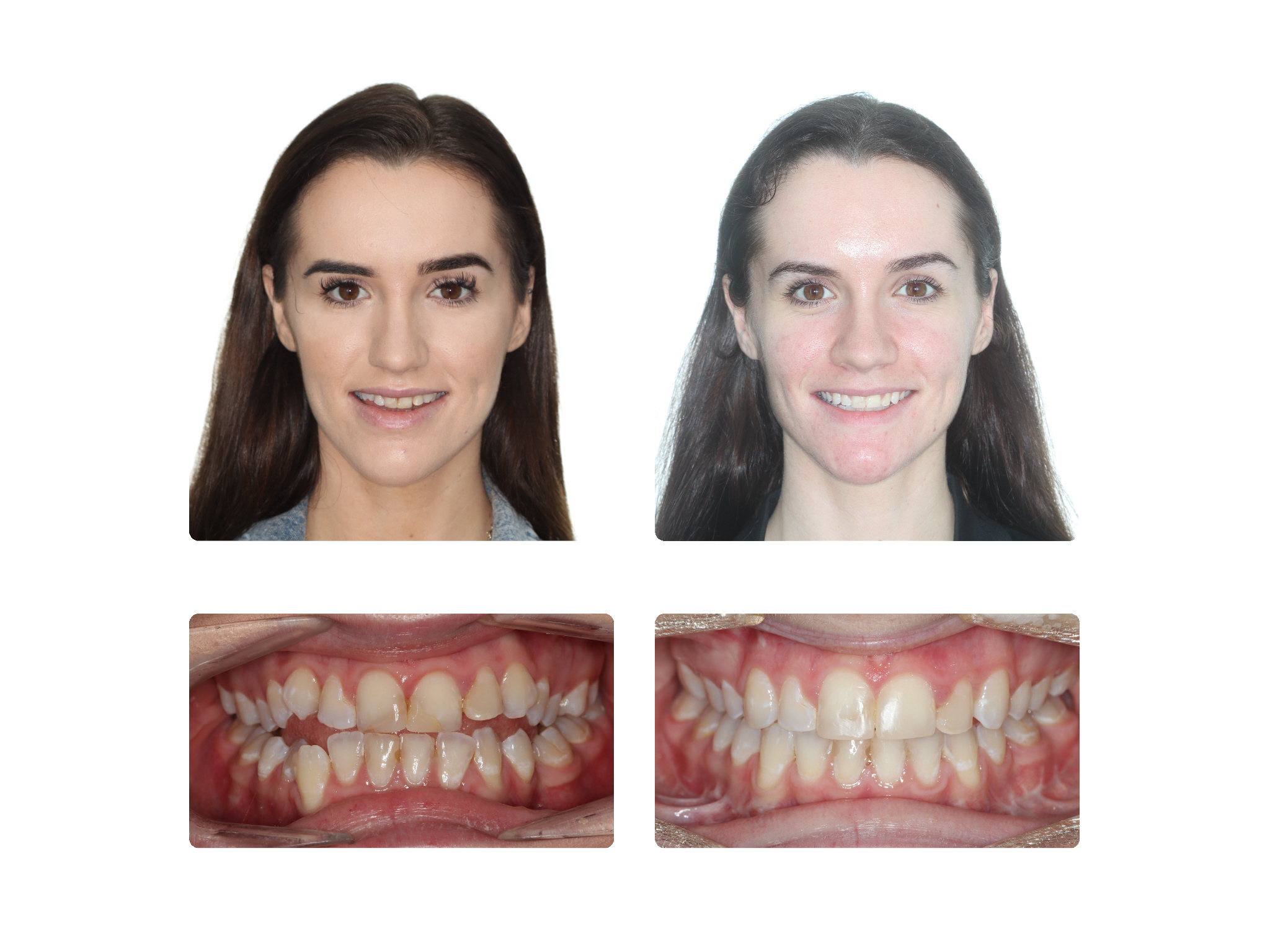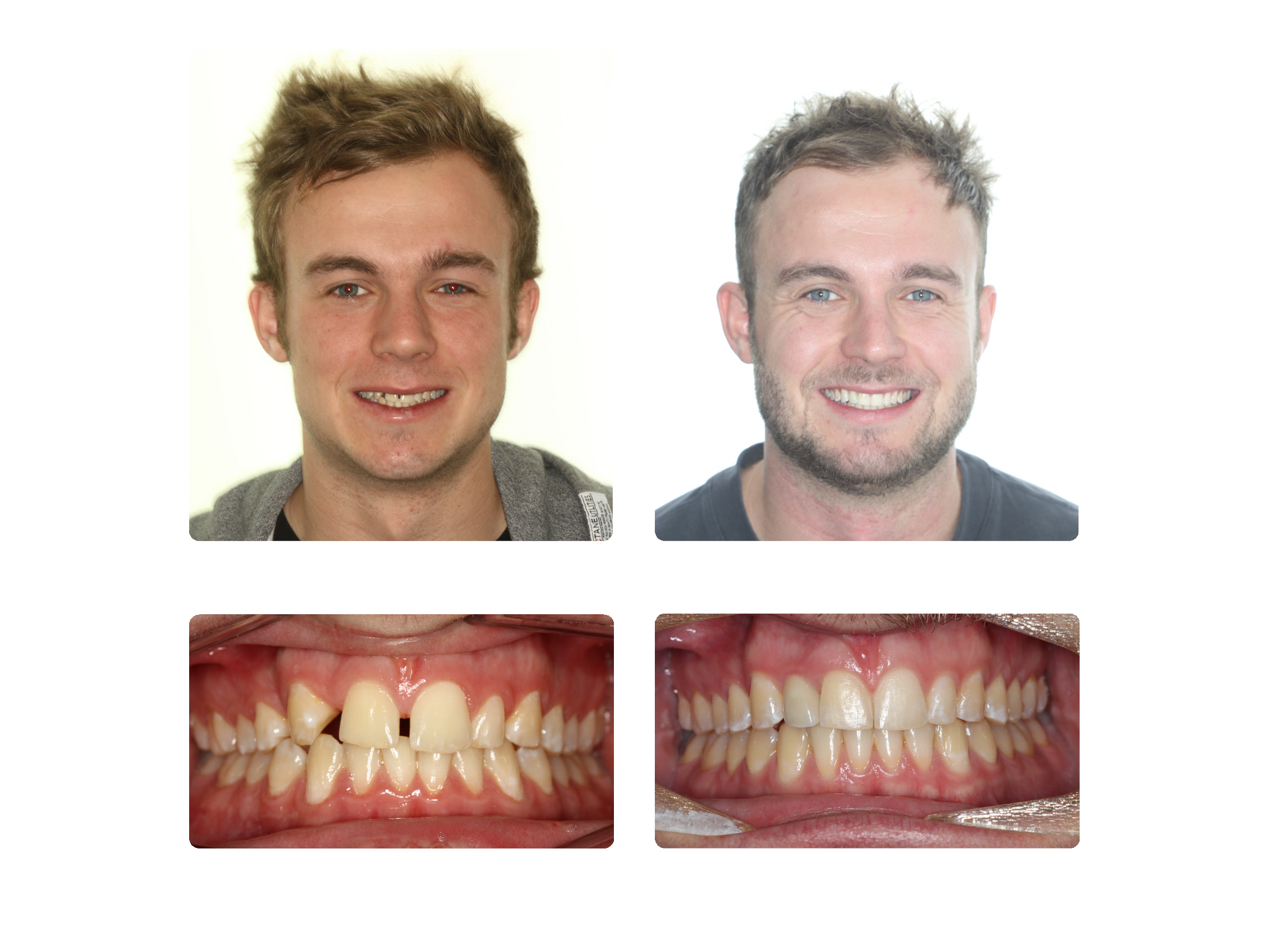See our smiles
Our Beautiful Smiles
We love our patients. We love their smiles, too!










Crowding
When teeth run out of space they start pressing against or behind one another, resulting in crooked teeth. Dr Gullotta was able to fix this patient’s crowding with a minor expansion of the dental arch. This patient received a broader, more beautiful smile in 22 months, using clear aligners.


Cross Bite
The top teeth are meant to fit over the bottom teeth like a lid. When a top tooth is behind a bottom tooth, it is called a cross bite.
Crossbites can cause uneven wear of the teeth and can also interfere with normal jaw closure causing the lower jaw to shunt forward or to one side. This could lead to abnormal growth of the lower jaw and /or jaw joint problems and pain.


Deep Bite
A deep bite, or excessive overbite, is when the upper top front teeth bite down further than they should, covering more of the bottom front teeth than is functionally ideal. With teeth closed, you would usually expect to see about 80% of the lower teeth.
Sometimes, a bite can be so deep that the bottom front teeth are not seen at all when a person is biting. This can cause severe wear of the lower front teeth as well as damage to the gums behind the top front teeth.


Underbite
An underbite is when the bottom jaw sits further forward than normal – so when the teeth are closed, the lower front teeth sit in front of the upper front teeth.
This can cause uneven wear of the teeth and functional issues with chewing.


Spacing
This is when there is too much space between the teeth. It is normal to have spacing between the baby teeth at the front of the mouth. In most cases these spaces close when the permanent teeth come in – around age 11 to 12.
Persistent space can be due to a disharmony of tooth size and jaw size. It can also occur when teeth are missing.
Spacing can be unaesthetic and in severe cases, can cause issues with speech – with air escaping between the teeth.


Open Bite
An open bite is when the top front teeth do not contact the bottom front teeth.
There are various causes of an open bite – it may be genetic (where the growth of the jaws are inherently in a direction away from each other), or it may be caused by a habit such as thumb sucking. It may also be caused by a forward resting tongue position or a habitual tongue thrust when speaking or swallowing.
This type of bite can cause difficulties with function, eating and speech. Depending on the severity of the open bite, treatment could consist of either orthodontics alone, or orthodontics in combination with jaw surgery.

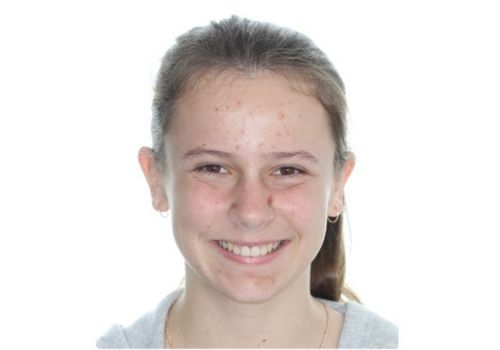
Protruding Front Teeth
Also called ‘buck teeth’, protrusions is when the top front teeth are sitting too far forward compared to the bottom teeth. This can be due to the upper teeth being pushed too far forward, or possibly due to the lower jaw and lower teeth being too far back.
This can be a cosmetic issue, especially if the lower lip gets caught behind the upper teeth. There may also be associated speech and eating problems.
Also, protruding front teeth have a significantly high risk of being fractured or knocked out due to trauma.
To prevent the risk of damage, the treatment of protruding front teeth can commence as early as age 7, which is why it is important for children to see an orthodontist at an early age.


Butterfly Incisors
Butterfly Incisor teeth are quite common. They are severely twisted front teeth that are rotated inwards and often cast shadows on smiling. Sometimes it can appear as though teeth are missing or dark due to these shadows.

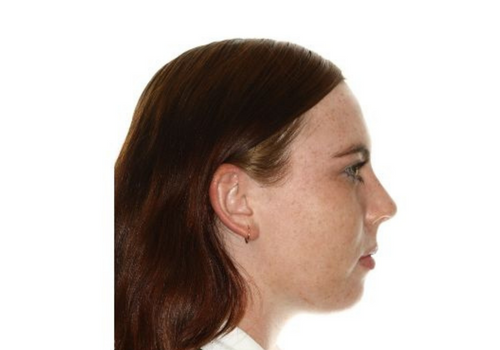
Small Jaw
Small Jaw is where the upper front teeth and jaw project further forward than the lower teeth and jaw. There is a convex appearance in profile with a receding chin and lower lip. Small Jaw problems can be due to insufficient growth of the lower jaw, an over growth of the upper jaw or a combination of the two.


Large Jaw
Large Jaw is where the lower teeth and jaw project further forward than the upper teeth and jaws. There is a concave appearance in profile with a prominent chin. Large Jaw problems are usually due to an overgrowth in the lower jaw, undergrowth of the upper jaw or a combination of the two.
The Gullotta Orthodontics Difference
Over 300 5-star google reviews
Find Us
| MON | Admin Only (Phones open 7am to 2pm) |
| TUE | 7:00am – 6:00pm |
| WED | 7:00am – 6:00pm |
| THUR | 7:00am – 6:00pm |
| FRI | 7:00am – 12pm |
| SAT | Closed |
| SUN | Closed |














